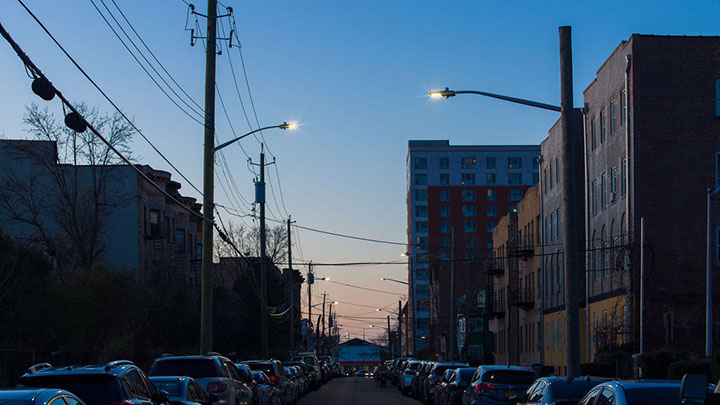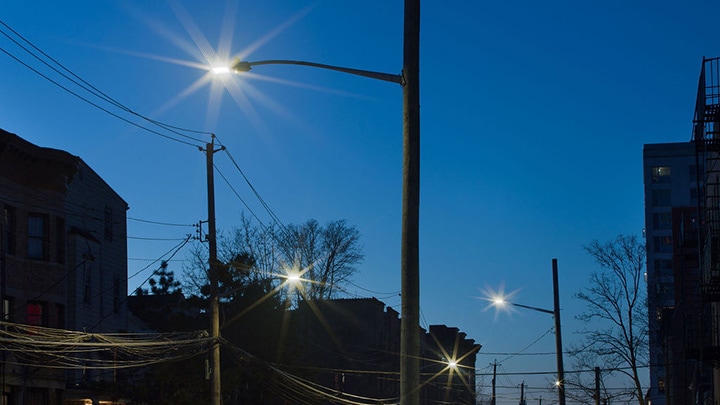As summer heats up, cities are already feeling the impacts of rising temperatures. And as extreme heat waves become more commonplace each year, this trend shows no signs of slowing down.
Cities can prepare themselves to act by leveraging something they already own: their streetlighting infrastructure.
What is the Heat Island Effect?
City structures, such as buildings and roads, absorb and radiate the sun’s heat more than natural landscapes. The ambient temperature is raised, creating a cyclical problem. The result is an urban heat island – a space with higher-than-average temperatures relative to its surrounding rural areas or areas outside of the city.
While heat islands may pose a threat to citizens’ financial security and cities’ sustainability goals, the most significant impact of these conditions is the direct impact on citizens’ health and wellbeing. Alone or compounded with other climate issues, excessive heat can result in discomfort, illness and even death from heat exposure.
There are a variety of solutions to help mitigate heat islands, including planting trees, painting building facades lighter and repaving asphalt roads with lighter colored materials, but one of the most exciting – and perhaps unexpected – comes in the form of streetlighting.

'Smarter' Temperature and Environmental Monitoring
Signify’s Outdoor multi-sensor, designed for Zhaga D4i-certified outdoor luminaires, can help cities extend the value of their existing streetlighting beyond illumination. The award-winning technology can help cities track climate conditions by collecting environmental data, such as ambient temperature, which it shares with the Interact connected lighting system.
Our Interact connected lighting system can visualize the sensor’s data and highlight trends for city planners to create an effective heat mitigation strategy. For instance, it can help reduce electrical grid capacity by spotlighting energy-savings opportunities.
Mount Vernon, New York is one city that is taking advantage of this connected lighting technology to support its citizens’ quality of life. It can leverage the environmental data gathered by Signify’s Outdoor multi-sensor to communicate preventive health information to the public in the event of extreme heat (or even cold), for example.
For cities impacted by heat islands, this technology could be a game changer.


November 14, 2023
How lighting technology can help reduce risks to migrating birds